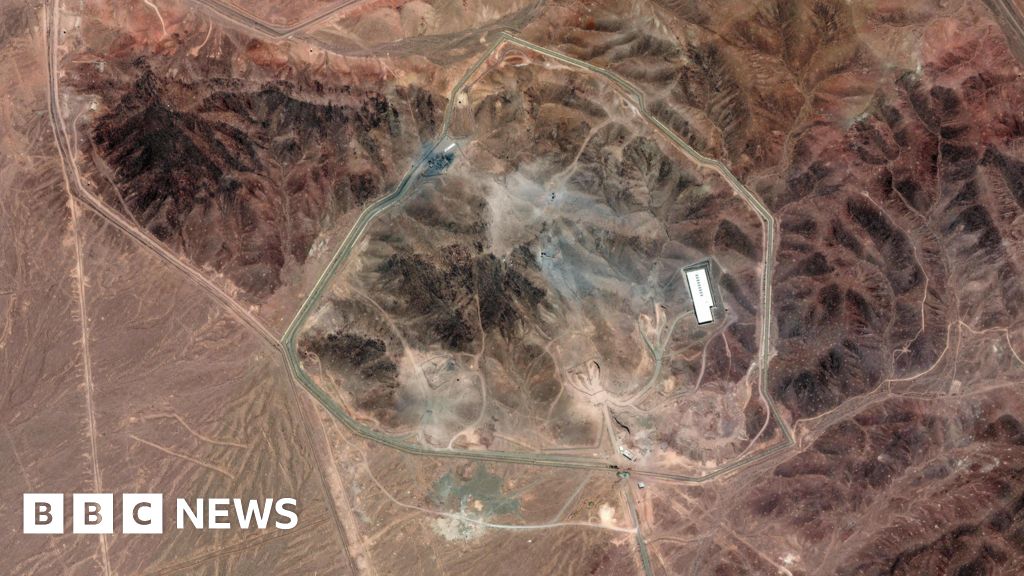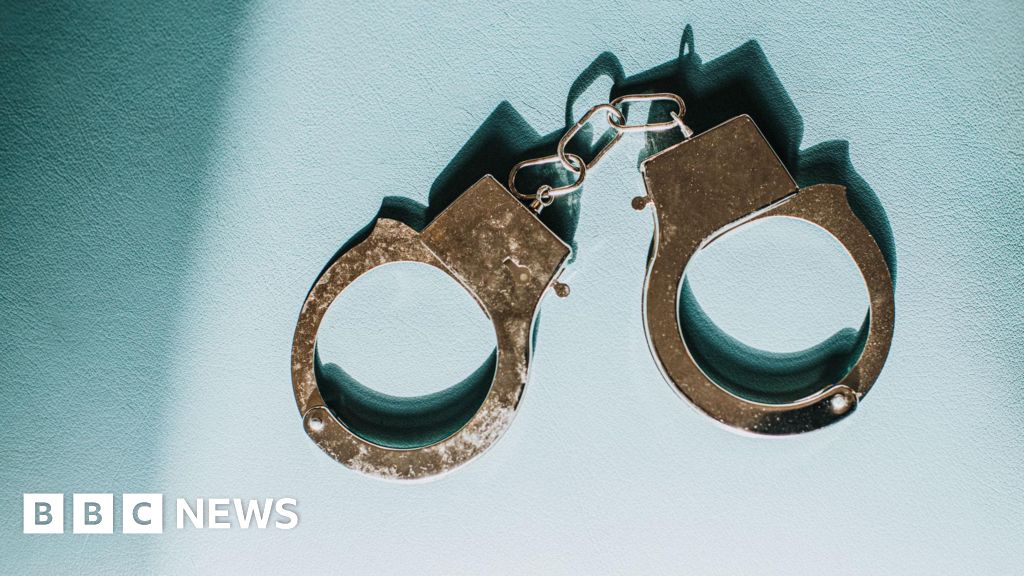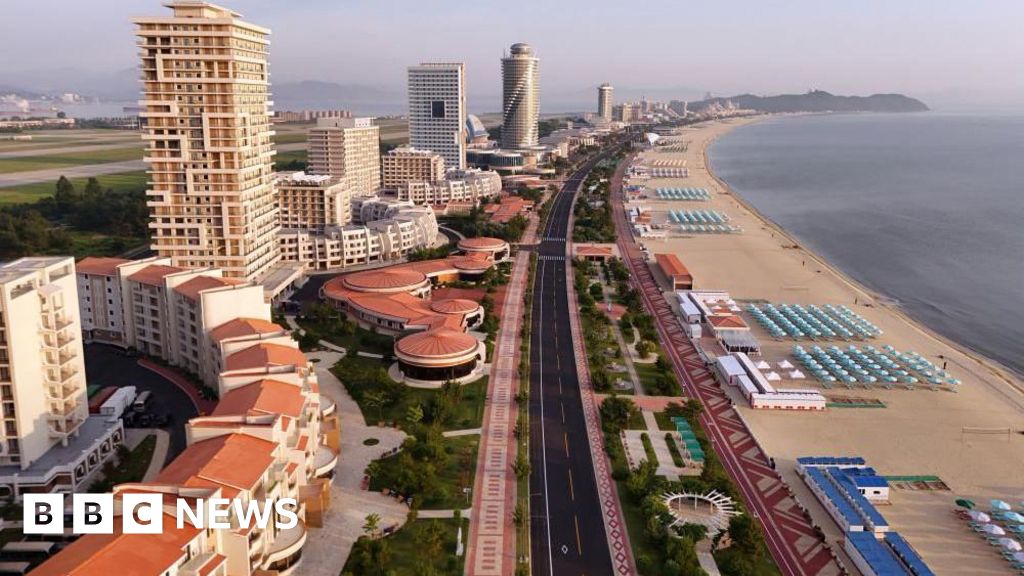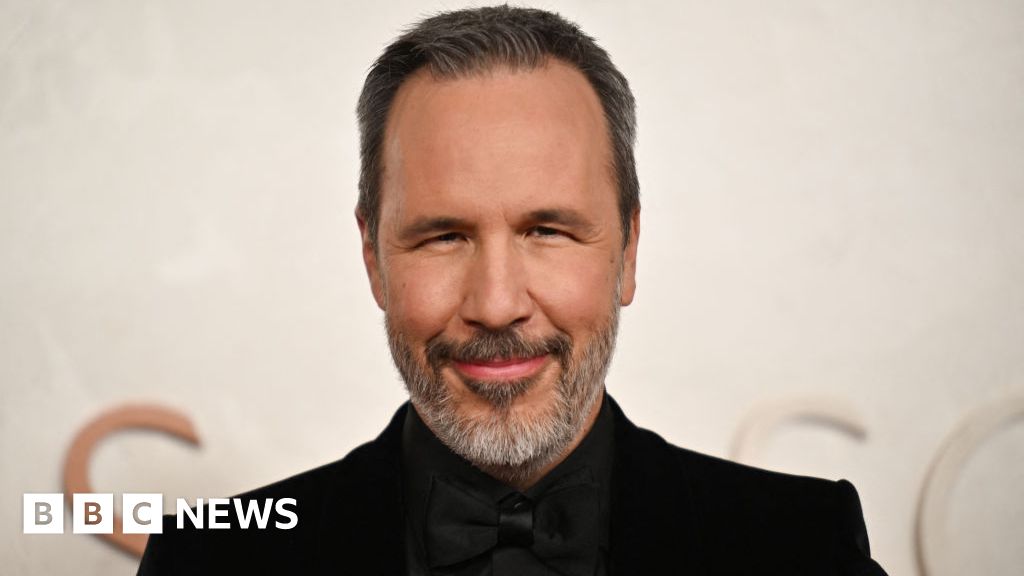The conversation we’re having about opioids in Canada is starkly different from one year ago.
Where Canadians were once squarely focused on health policies to reduce the high number of opioid deaths — especially last spring, amid British Columbia’s drug decriminalization rollback — our attention has lately shifted, from the people who use drugs to those who sell them.
That’s in large part because of President Trump.
Mr. Trump has said that Canadian criminals send “massive” amounts of illegal fentanyl into the United States, one of the pretexts for his earlier punitive tariff measures.
[Read: Trump Calls Canada a Big Player in the Fentanyl Trade. Is It?]
Less than 1 percent of the fentanyl intercepted by U.S. Customs and Border Protection last year was linked to Canada. Still, Canada made concessions, appointing a “fentanyl czar” and investing in drones and helicopters at the border. As I previously reported, the government agreed to pour millions of dollars into new intelligence-gathering projects and staffing increases at the Canada Border Services Agency.
I worked at the agency’s Toronto regional offices as a university student about a decade ago, sometimes assisting with tours for broadcast media crews at a major postal facility where border officers would demonstrate how they screen packages for illicit fentanyl. At the time, the agency was undergoing one of its many border modernization efforts, reimagining the border not as something that starts at Canada’s geographic extremities, but as a bubble that extends beyond. The concept of pushing out the border simply meant identifying and intercepting security threats long before they had the chance to land at our doorsteps.
Or, as then was the case for fentanyl, in Canadian mailboxes.
Small amounts of fentanyl, a powerful synthetic opioid, can yield huge profits for criminal organizations. For context, 500 grams of fentanyl, which is the weight of about four bananas, has a street value of at least 30,000 Canadian dollars, the police say.
Sticking with home economics, instead of four bananas, picture a medium-sized kitchen. That’s about the footprint that some criminal organizations require to chemically synthesize millions of doses of fentanyl.
(My colleagues in Mexico, Natalie Kitroeff and Paulina Villegas, visited a kitchen lab in the Mexican state of Sinaloa, a hub for fentanyl production. You can read their story here.)
Canadian officials have said that crime groups are shifting to domestically producing fentanyl using chemical ingredients, called precursors, that are harder to intercept because many have legitimate industrial uses.
Border officers saw a “dramatic increase” in the import of precursor chemicals in 2021, according to a report by Canada’s public safety department. That year, officers intercepted more than 5,000 kilograms of precursor chemicals, 10 times that of the previous year.
These chemicals mostly arrive from China and Hong Kong on cargo ships, the report notes.
Policing the ports, including the Port of Vancouver, Canada’s largest, is up to a patchwork of law enforcement agencies. In 1997, the dedicated port police force was disbanded.
The Port of Vancouver processes about three million containers each year, and is made up of facilities along the metro Vancouver area, including the neighboring cities of Delta and Surrey.
During a recent pre-election reporting trip to British Columbia to cover housing, I stopped by the office of Delta’s mayor, George Harvie.
Mr. Harvie has been sounding the alarm about port security for years and commissioned a report into the issue, published in 2023, by Peter German, a lawyer, retired federal police officer and well-known anti-money-laundering expert in the province.
Mr. German made the argument for any kind of uniformed police presence as a replacement, especially to assist border officers. While the Canada Border Services Agency did not release the portion of containers that are X-rayed to view their contents, Mr. German said the number is less than 2 percent, with less than 1 percent physically searched.
Mr. Harvie, who became mayor in 2018, said that the government had since the start of his tenure promised to deliver rolling cargo scanners to help examine more shipments, but those still haven’t come. He hoped the 2023 report would get Ottawa’s attention.
“But again, it fell on deaf ears,” Mr. Harvie told me.
“The biggest help I had was President Trump saying that he was concerned about the amount of fentanyl coming back from Canada into the States,” he said. “I don’t know about those numbers, but certainly, there is fentanyl coming into Canada.”
When Mr. Harvie has toured other ports, including those in Singapore and Australia, and as close to home as Seattle, he often leaves feeling frustrated, he said, by the more advanced systems other countries seem to have in place.
“There’s a huge gap,” Mr. Harvie said. “We do more work at our land borders than we do at that port.”
Trans Canada
Vjosa Isai is a reporter at The Times based in Toronto.
How are we doing?
We’re eager to have your thoughts about this newsletter and events in Canada in general. Please send them to [email protected].
Like this email?
Forward it to your friends, and let them know they can sign up here.
Source link

















